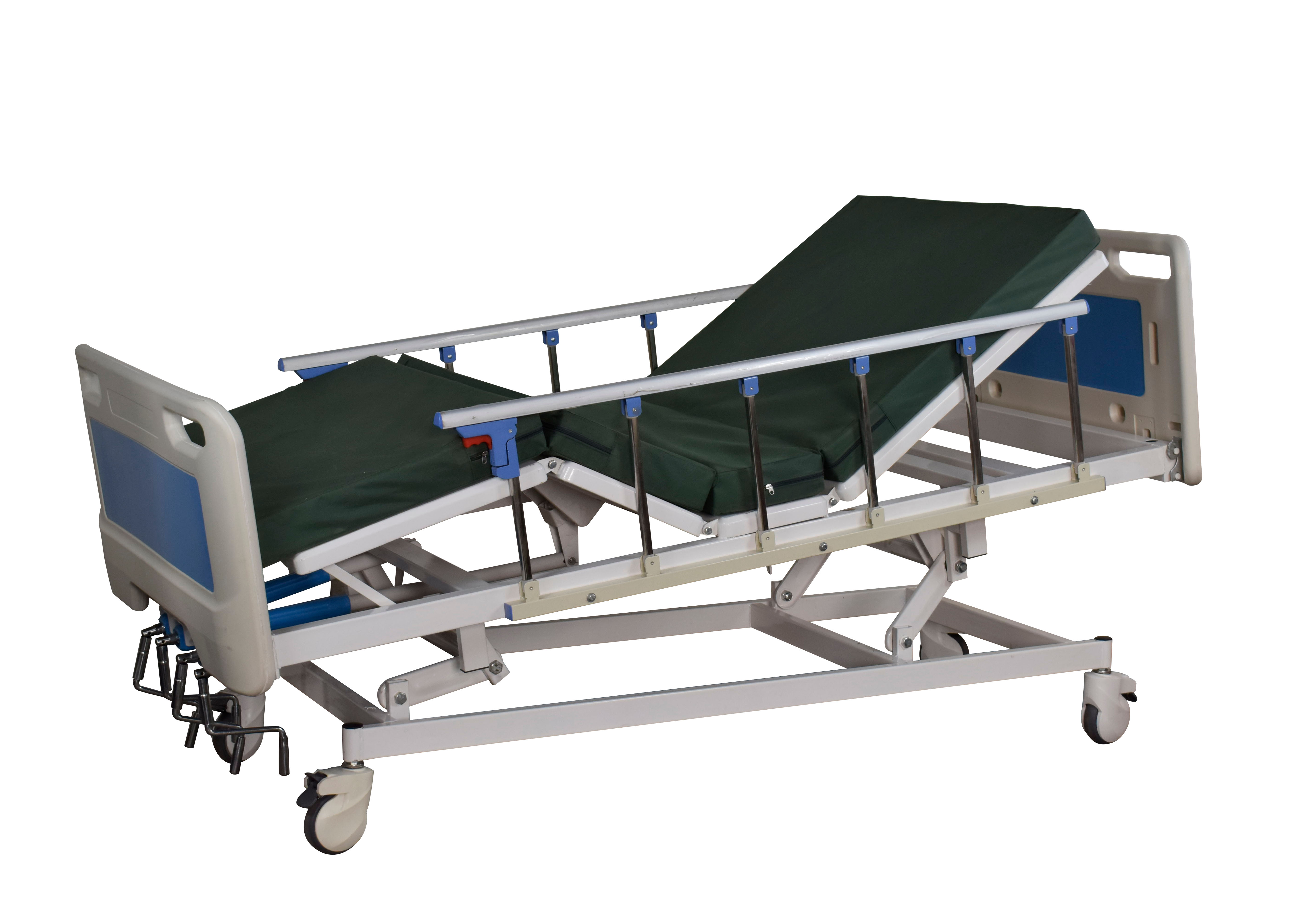Welcome to our websites!
3 in 1 Toilet Seat for Comfort and Convenience in Every Bathroom
Enhancing Comfort and Accessibility The 3-in-1 Commode Seat
When it comes to bathroom accessibility and comfort, the design of commode seats has advanced significantly to cater to the unique needs of individuals. One such innovation is the 3-in-1 commode seat, a versatile product that stands as a beacon of convenience and safety for many users, particularly the elderly or those with mobility difficulties. This article explores the features, benefits, and practical implications of the 3-in-1 commode seat.
At its core, a 3-in-1 commode seat combines multiple functions into one adaptable design. Typically, it serves as a raised toilet seat, an isolated commode chair, and a bedside toilet all in one unit. This multifunctionality is essential for individuals recovering from surgery, those with chronic illnesses, or the elderly who may struggle with the conventional design of standard toilets.
Enhanced Comfort and Safety
One of the most significant advantages of a 3-in-1 commode seat is its capacity to enhance comfort and safety. Traditional toilets can pose challenges for those who have limited mobility, as getting on and off them can be perilous. The raised design of a commode seat minimizes the distance a user has to lower themselves, significantly reducing the risk of falls. Many models are equipped with armrests that offer critical support, allowing users to stabilize themselves during the transfer to and from the toilet.
The commode seat also comes with features such as padded seating, which can significantly improve the user experience. For elderly individuals or those recovering from surgery, even the small touch of a soft cushion can make a world of difference. By minimizing discomfort, these seats allow users to maintain dignity and independence in what can often be a difficult aspect of their daily routine.
Versatile Usage
3 in 1 commode seat

The versatility offered by a 3-in-1 commode seat is unmatched. Depending on individual needs, users can employ the seat in various situations. As a raised toilet seat, it provides essential support for those who may need assistance during use. As a standalone commode, it allows for bathroom access in locations where a standard toilet may not be available—perfect for individuals living in smaller spaces like apartments or those navigating assisted living environments. Additionally, it can function as a bedside commode, ready to provide safety and comfort during the night when reaching the bathroom may be too challenging.
The adaptability of the 3-in-1 commode seat also extends to its adjustable height settings, which allow for customization to meet the user’s specific needs. This feature ensures that a wide range of individuals, whether slightly shorter or taller, can find a comfortable and safe height that suits their requirements.
Hygiene and Maintenance
Maintaining hygiene is pivotal in any bathroom setting, and the design of the 3-in-1 commode seat acknowledges this necessity. Many models feature easy-to-clean surfaces, and detachable buckets that can be quickly emptied and sanitized. This is particularly important for caregivers and families, as it simplifies the cleaning process and promotes a hygienic environment for users.
Moreover, the materials used in the manufacture of these commode seats are often resistant to stains and odors, ensuring longevity and ease of upkeep. With a blend of comfort, safety, and hygiene, the 3-in-1 commode seat successfully marries functionality with user-friendly design.
Conclusion
In conclusion, the 3-in-1 commode seat remarkable provides comprehensive benefits that significantly enhance the daily lives of its users. By integrating multiple functions into a singular, adaptable unit, it ensures that comfort, safety, and hygiene are prioritized for individuals with diverse needs. As more people seek independence and dignity in their daily routines, solutions like the 3-in-1 commode seat reflect an important shift toward inclusivity and thoughtful design in accessible bathroom fixtures. This innovative seating solution stands as a testament to the importance of focusing on user needs while promoting a positive and supportive environment for those who may require additional assistance.
-
Transforming Healthcare with Hospital FurnitureNewsJun.24,2025
-
Rehabilitation EquipmentNewsJun.24,2025
-
Mobility and Independence with WheelchairsNewsJun.24,2025
-
Freedom of Mobility with Our Rollator WalkersNewsJun.24,2025
-
Comfort and Independence with Commode ChairsNewsJun.24,2025
-
Bathing Safety and Independence with Shower ChairsNewsJun.24,2025
-
Navigating the Wholesale Landscape of Electric Mobility Solutions: Key Considerations for Power Wheelchair DealersNewsJun.10,2025











